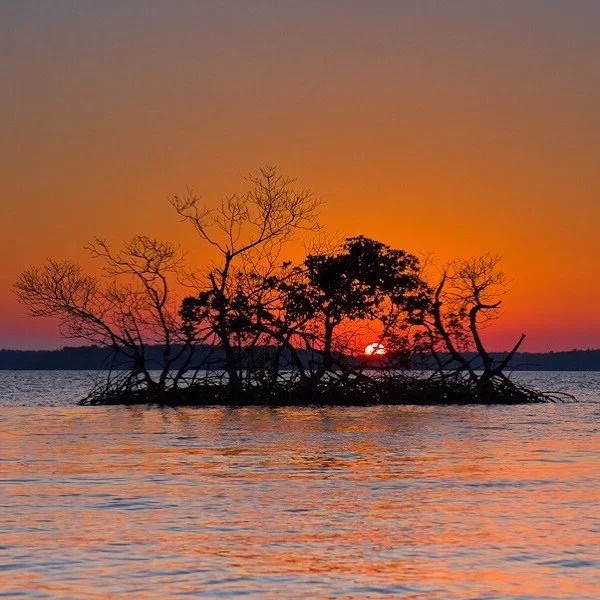{Everglades National Park originally posted by US Interior) Pa-hay-okee has been represented as an uninhabited and uninhabitable wilderness for centuries. For early European and American explorers, it was a mosquito-infested wasteland and for modern tourists, it is a pristine, one-of-a-kind wilderness.
For many years, however, this wetland was a refuge for the Seminole Nation. When the U.S. government removed much of the nation to Oklahoma as a result of the First Seminole War, part of the Seminole Tribe was able to retreat into Pa-hay-okee. Using their knowledge of the area and guerrilla fighting techniques that fit the landscape, the Seminoles survived two more costly wars with the United States in the 19th century. Despite much of the Florida Seminoles moving to the newly created Seminole reservation in southern Florida, many Seminole families continued to live in Pa-hay-okee until the were coerced into leaving by the National Park Service during the creation of Everglades National Park in the 1940’s. In 1962, the Miccosukee, who were among those who stayed in the Everglades the longest, were also federally recognized as a separate nation.
The Everglades is not a wilderness, it is Seminole land and has supported Native nations for centuries. If this is not possible today, it is only because of the dramatic political and ecological changes instituted by the United States. When you visit, be an ethical tourist by acknowledging Seminole sovereignty, supporting Native-owned businesses, advocating for Indigenous-centered ecological preservation, and using Indigenous place names.


